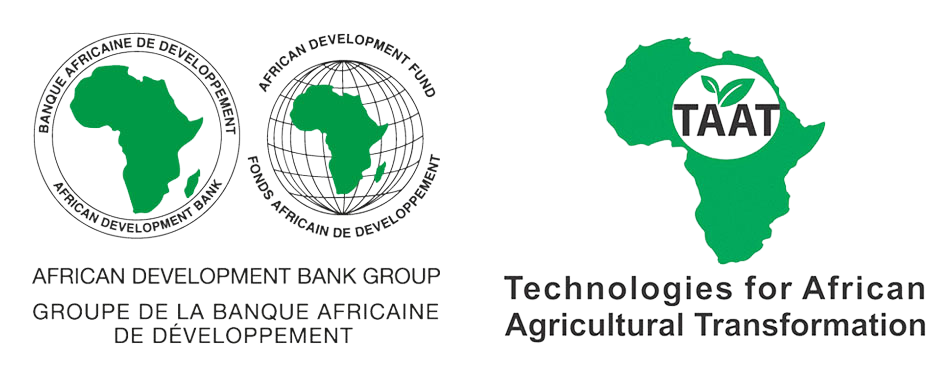

Enhancing cassava productivity through healthy planting material
Private actors benefit from a structured seed quality system with clear certification stages—from breeder seed to certified and quality-declared seed. It includes inspection protocols, labeling systems, and digital platforms like Seed Tracker to record certification status. Community seed entrepreneurs can adopt Quality Declared Seed (QDS) models to self-certify and sell high-quality seed. Digital diagnosis tools such as PlantVillage Nuru help maintain product integrity and reduce losses.
This technology is pre-validated.
Annual monitoring cost
Annual certification costs
Yield increased
Open source / open access
The Cassava Seed Quality Management System presents a high-impact opportunity for agribusinesses to engage in a structured, scalable, and profitable seed value chain. By promoting certified and disease-free cassava planting material, the system improves farmer productivity, builds market trust, and contributes to sustainability goals (SDGs 1 and 2), while aligning with national development priorities.
To successfully integrate this model into your business,
The poor: Positive high
The technology is strongly beneficial for the poor, for whom cassava is a key source of food and income
Women: No impact
The technology is gender neutral
Climate adaptability: Highly adaptable
Cassava is known to be one of the most climate resilient crops
Farmer climate change readiness: Significant improvement
Boosting cassava productivity is an excellent way to adapt to potential climate change impacts and cassava is less likely to be negatively impacted than other crops
Carbon footprint: A bit less carbon released
Greater land productivity can enhance land use efficiency which prevents increases in carbon emissions
Biodiversity: Not verified
Not verified
Environmental health: Not verified
Not verified
Soil quality: Not yet estimated
Not yet estimated
Scaling Readiness describes how complete a technology’s development is and its ability to be scaled. It produces a score that measures a technology’s readiness along two axes: the level of maturity of the idea itself, and the level to which the technology has been used so far.
Each axis goes from 0 to 9 where 9 is the “ready-to-scale” status. For each technology profile in the e-catalogs we have documented the scaling readiness status from evidence given by the technology providers. The e-catalogs only showcase technologies for which the scaling readiness score is at least 8 for maturity of the idea and 7 for the level of use.
The graph below represents visually the scaling readiness status for this technology, you can see the label of each level by hovering your mouse cursor on the number.
Read more about scaling readiness ›
Uncontrolled environment: validated
Common use by intended users, in the real world
| Maturity of the idea | Level of use | |||||||||
| 9 | ||||||||||
| 8 | ||||||||||
| 7 | ||||||||||
| 6 | ||||||||||
| 5 | ||||||||||
| 4 | ||||||||||
| 3 | ||||||||||
| 2 | ||||||||||
| 1 | ||||||||||
| 1 | 2 | 3 | 4 | 5 | 6 | 7 | 8 | 9 | ||
| Country | Testing ongoing | Tested | Adopted |
|---|---|---|---|
| Nigeria | –No ongoing testing | –Not tested | Adopted |
| Tanzania | –No ongoing testing | –Not tested | Adopted |
This technology can be used in the colored agro-ecological zones. Any zones shown in white are not suitable for this technology.
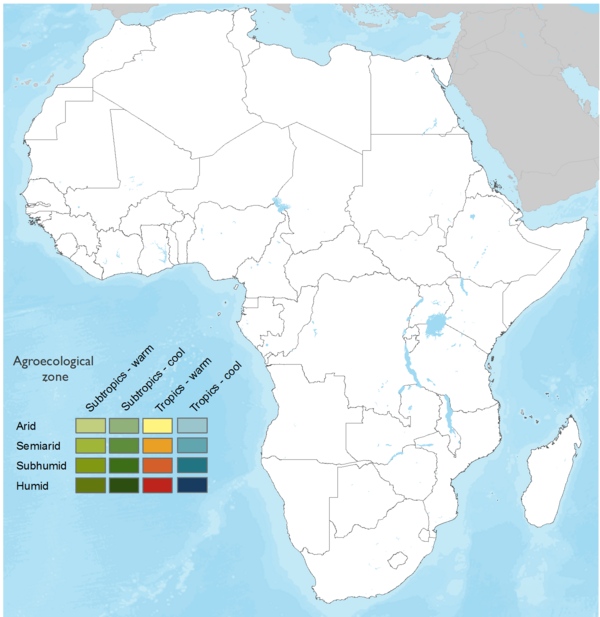
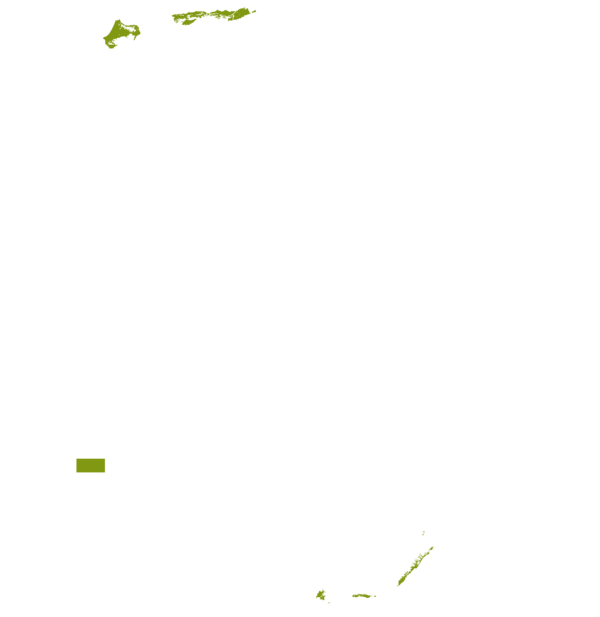

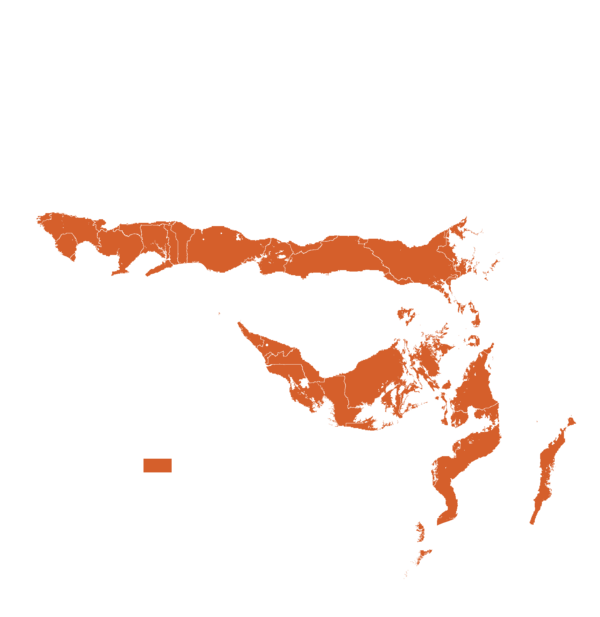

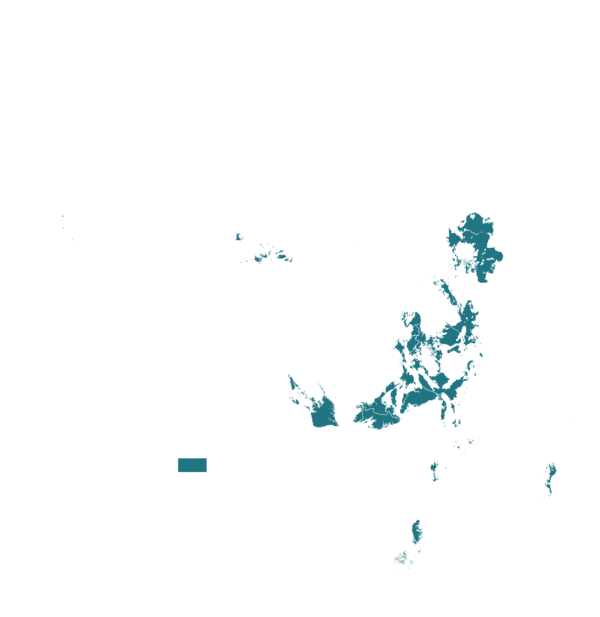

| AEZ | Subtropic - warm | Subtropic - cool | Tropic - warm | Tropic - cool |
|---|---|---|---|---|
| Arid | – | – | – | – |
| Semiarid | – | – | – | – |
| Subhumid | – | |||
| Humid | – |
Source: HarvestChoice/IFPRI 2009
The United Nations Sustainable Development Goals that are applicable to this technology.

Its contributes to poverty reduction

Its contributes to reducing hunger
1. Baseline Assessment: Evaluate the current cassava seed system to determine:
2. Design/Modification of Certification Guidelines: Develop or adapt certification guidelines using successful models:
3. Update National Seed Policy: If cassava certification is new, collaborate with stakeholders to validate guidelines and incorporate them into national seed regulations.
4. Train Seed Inspection Officers: Provide training on cassava field certification procedures, including disease recognition (CMD and CBSD), and develop strategies to train community-level or QDS producers in self-certification.
5. Certification Labelling: Design electronic labels for each cassava seed category and distribute them to seed producers post successful certification inspections.
6. Digital Monitoring: Implement or adapt digital systems (e.g., Seed Tracker™) for managing cassava seed field registration and certification.
7. Roll Out: Launch the certification system, starting with higher seed classes. Gather user feedback and invest in the system through strategic support, similar to other major staples like maize.
Last updated on 28 November 2025